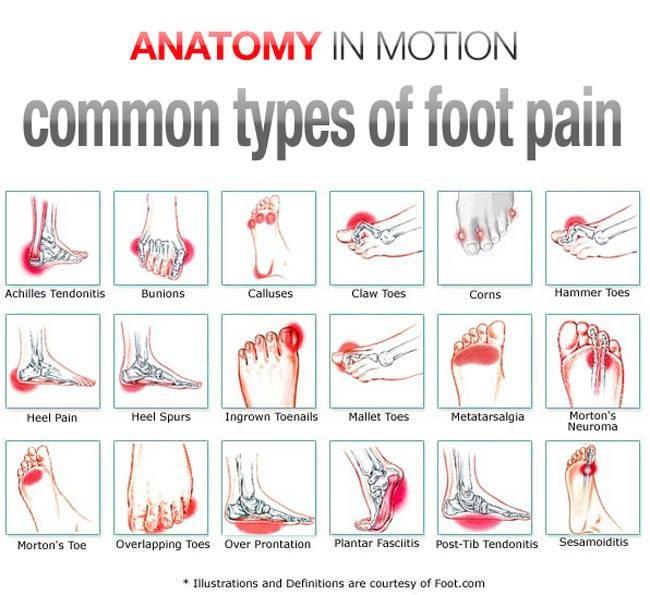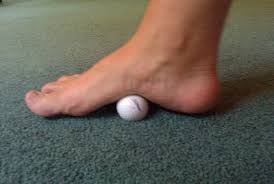

If you think you might have Achilles tendinitis, it’s important to see a, who will be able to develop a personal treatment plan. Tendon pain from Achilles tendinitis is different from the pain a person experiences when the tendon tears from the heel bone. These will also improve flexibility, range of motion, and strength in the Achilles tendon area.

Once the pain and inflammation have gone down, slowly start doing stretching and strengthening exercises to help relax the calf muscle. Elevate your foot as much as possible to decrease blood flow and swelling in the area. Use an elastic compression wrap or wear a walking boot to help decrease swelling and support the tendon and foot. Apply ice to the affected area for 20 minutes three times per day to help reduce swelling and pain. Enough rest will give the inflamed tendon time to heal. Avoid any activity that puts stress on your tendon for a few weeks. If you have Achilles tendinitis, there are a number of things you can do to ease the pain and speed up the healing process: Pain from tendinitis is usually more severe when the temperature is low.
Medical conditions like obesity, psoriasis, and high blood pressure. Achilles tendonitis is more common amongst older people. Warmth around the heel or Achilles tendonĬertain factors can increase your chances of developing Achilles tendinitis. Swelling or tenderness in the Achilles tendon. Difficulty flexing your foot or pointing your toes. This often causes pain and foot stiffness in the morning when you first get out of bed.Ī person with Achilles tendinitis can experience pain on the tendon itself or at the edge of the heel bone at what we call the tendon insertion area. This tendon can become inflamed or irritated in a condition known as Achilles tendinitis. The Achilles tendon is the large tendon that runs down the back of your leg and connects your calf muscles to your heel. In some cases, surgery may be necessary to release the tension in the plantar fascia. They can diagnose the condition and prescribe treatments like physical therapy or custom orthotics that can help alleviate foot and heel pain. If you think you might have plantar fasciitis or there is a rupture in your plantar fascia, the best thing to do is see a podiatrist. Over-the-counter pain relievers that can reduce inflammation. If you have plantar fasciitis, there are a number of things you can do to ease the pain. Those who are active in running and other impact sports. People with jobs that involve standing for long periods of time or repetitive motions. If you are on the heavier side, your heels need to endure some extra weight, which can lead to plantar fasciitis. Plantar fasciitis is most common in middle-aged adults and the elderly. There are several risk factors that can increase your chances of developing plantar fasciitis. Many people report that they experience pain after they stop moving. In other cases, foot pain due to plantar fasciitis is triggered by prolonged activities like running or stair climbing. For example, you may experience sharp or dull pain when you walk after standing still, or when you stand up after sitting for a long time. Plantar fasciitis pain often returns when you move after a long period of inactivity. There are lots of things that cause plantar fasciitis, such as overuse, tight shoes, or injury. The pain is usually most severe during the first few steps and decreases as you get on with your day. People often report stabbing pains when they try to walk in the morning. 
When the tissue that runs along the bottom of your foot becomes inflamed or irritated, it causes a painful condition called plantar fasciitis. The Four Most Common Causes of Morning Foot Pain: 2 Helpful Tips and When to Visit a Doctor







 0 kommentar(er)
0 kommentar(er)
